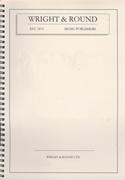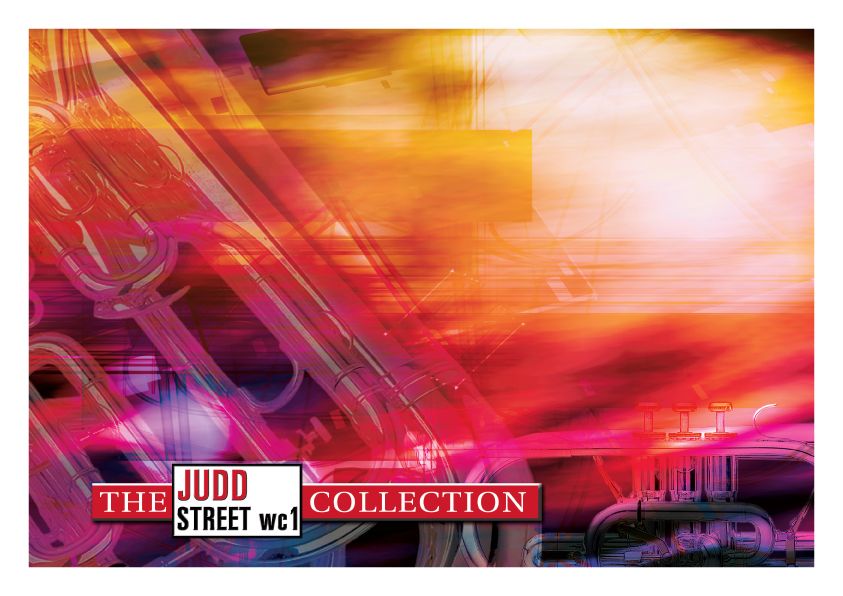Results
-
 £76.99
£76.99Ready - Steady - Brass! - Otto M. Schwarz
Ready - Steady - Brass! is one of a number of successful works by Otto M. Schwarz such as Last Call, Funky Winds, Glory Fanfare and Groove Machine. Starting with a fanfare-style opening the music takes a journey through melodicsections and technical, soloistic passages to a grandiose finale.
Estimated dispatch 5-14 working days
-
 £76.99
£76.99Ready - Steady - Brass! (Brass Band - Score and Parts)
Ready - Steady - Brass! is one of a number of successful works by Otto M. Schwarz such as Last Call, Funky Winds, Glory Fanfare and Groove Machine. Starting with a fanfare-style opening the music takes a journey through melodic sections and technical, soloistic passages to a grandiose finale. 04:50
Estimated dispatch 7-14 working days
-
£34.95
BATTLE READY (Brass Band Set) - Roger Trigg
Originally written for Enfield Citadel Band, this concert 'opener' features the majestic tune of 'St. John'.
Estimated dispatch 7-14 working days
-
 £23.95
£23.95Three To Get Ready - Dave Brubeck - Ian Lowes
This tune from Jazz giant Dave Brubeck is featured on his album Take 5.
Estimated dispatch 5-14 working days
-
 £34.95
£34.95Battle Ready (Brass Band - Score and Parts) - Trigg, Roger
Originally written for Enfield Citadel Band, this concert 'opener' features the majestic tune of 'St. John'.
Estimated dispatch 7-14 working days
-
 £17.50
£17.50Battle Ready (Brass Band - Score only) - Trigg, Roger
Originally written for Enfield Citadel Band, this concert 'opener' features the majestic tune of 'St. John'.
Estimated dispatch 7-14 working days
-
 £26.50
£26.50 -
£26.50
Ever Ready - White, J
Includes a full band set (no score)
In Stock: Estimated dispatch 1-3 working days
-
 £34.95
£34.95Judd: Battle Ready
Estimated dispatch 7-14 working days
-
£73.00
Echo (Bra) - Nick Van Elsen
The piece 'Echo' refers to the nymph from Greek and Roman mythology. Echo fell desperately in love with the handsome young man Narcissus. However, she could only imitate words spoken by someone else. But Narcissus did not want to know anything about love and rejected her. Echo's heart broke and she retreated into the woods and lived in caves. Gradually she faded from sorrow until her physical form was gone and only her voice remained. With her voice she is still ready to answer at any time, always ready to have the last word...
Estimated dispatch 7-14 working days
